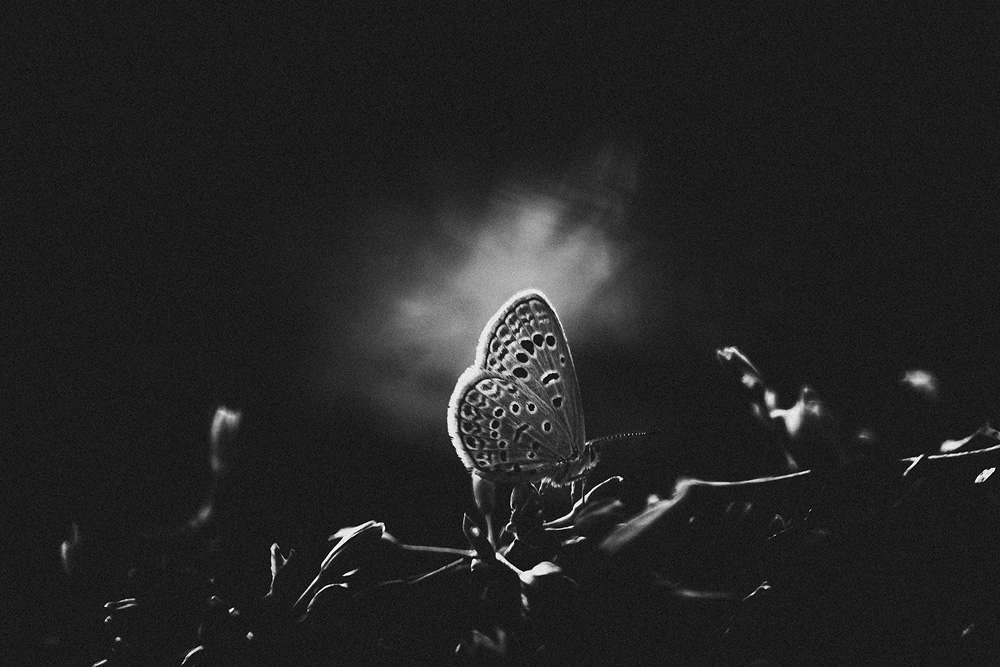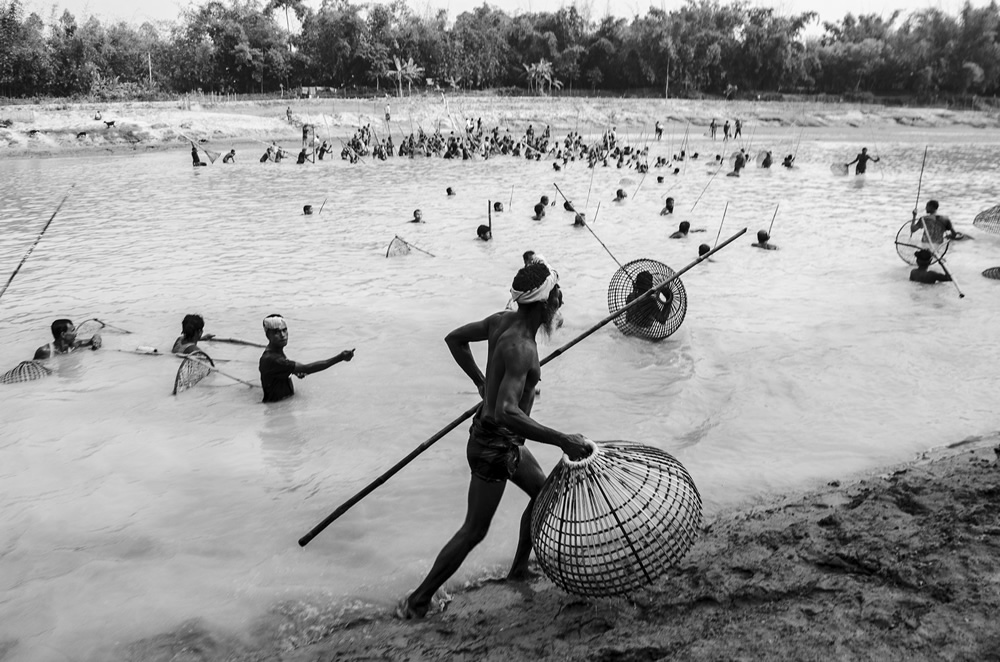Producing Black & White pictures have always been the real aura for any photographer. There have been many instances depicting the importance and significance of creating a monochrome photograph. And arguably there are many quotes and wonderful statements boasting about the importance of shooting a picture in black and white. These pictures have always served their purpose be it a portrait or a landscape. We the photographers in this digital era has acquired this trait from our masters who had given us numerous examples to excel in producing black & white imagery.
In this post of ours, we wanted to insist upon creating a black & white photograph, various factors favoring it and some wonderful tips to enact it.
Photos by Ashok Saravanan
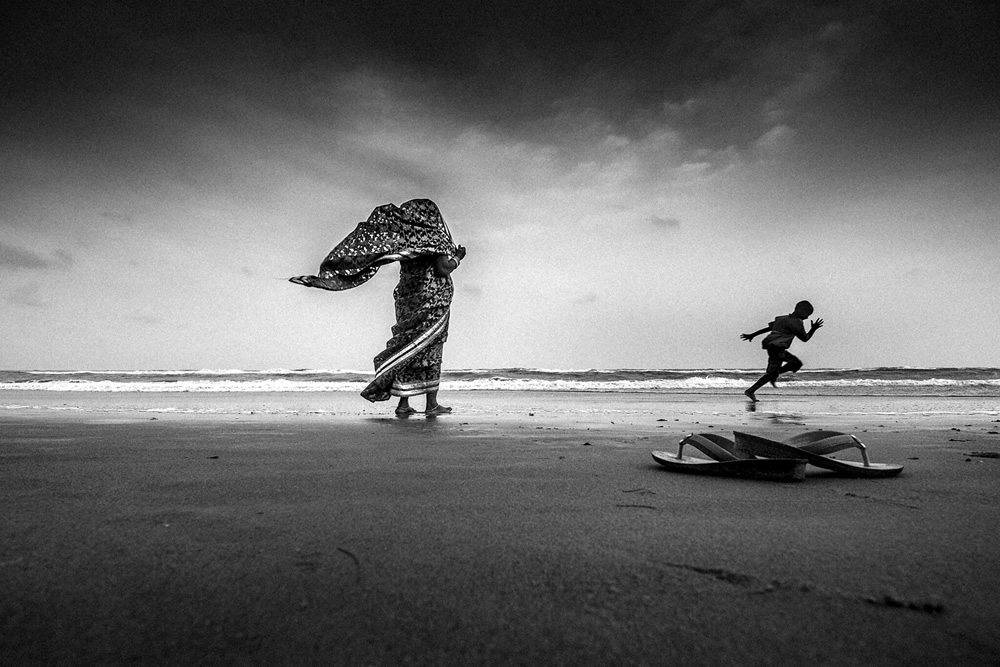
#1 Why Black and White
As we all know, it all started in b/w, the color wasn’t available straight away for our first-generation photographers. Later it was due to improvisation and science made it possible for second-generation photographers to try their fresh minds on film. But b/w never did lose its charm, it was cheap and easily affordable. And then it became a significant style and simple formula to shoot in b/w, most importantly photography in color is difficult when compared to the likes of b/w photography.
Having said that, why would someone in our digital era, look forward to shooting in b/w. This opens us many statements on the nature of monochromatic images and the psychotic vision it induces. When is there is no importance for the character of color in a picture, when u sense a mystery or mood or strong emotion in a picture when color may be distracting or would not be doing justice to an existing photograph. It is better we neutralize the color medium into one singular monochromatic image. In other words, this may look like a compromise for gaining better results, which is also the sole reason at the end of the day. Few pictures demand this treatment, and few pictures doesn’t have a choice. I believe there are professionals who shoot mono with their digital to increase their vision towards black and white zones.
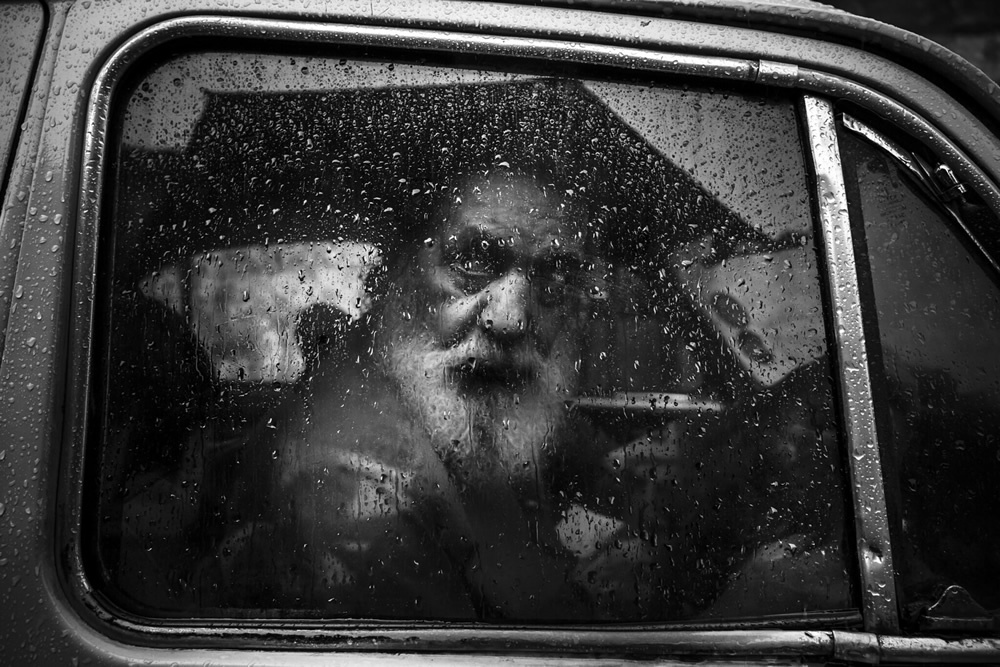
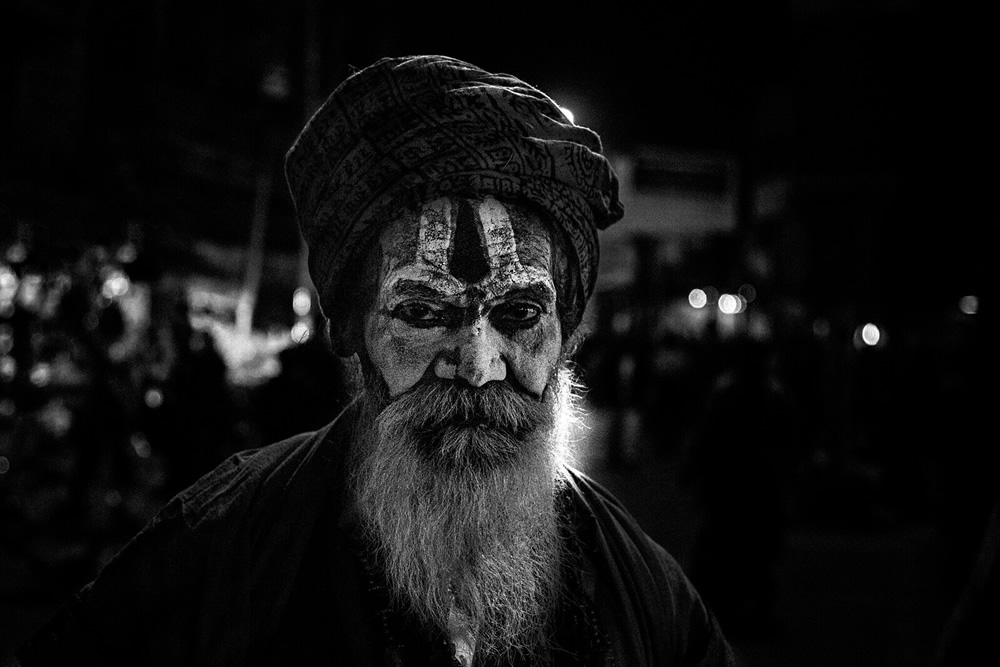
#2 Zone System
Ansel Adams, one of the pioneers and grandmasters of b/w landscape photography came up with an incredible system for looking at a photograph with a finished picture in mind. This brings the concept of previsualization into the picture and makes us move forward. Though all of it may sound a bit complicated and mathematical in the beginning, following it will make you master the art of photography technically.
Using the zone system is at most a scientific approach in the creation of art. It is about controlling light, calculating the variables, and being aware of the light of the subtle change that can bring into your picture. Dividing between light to dark and partially spreading the balance across your photograph constitutes a lot explaining about the zone system.
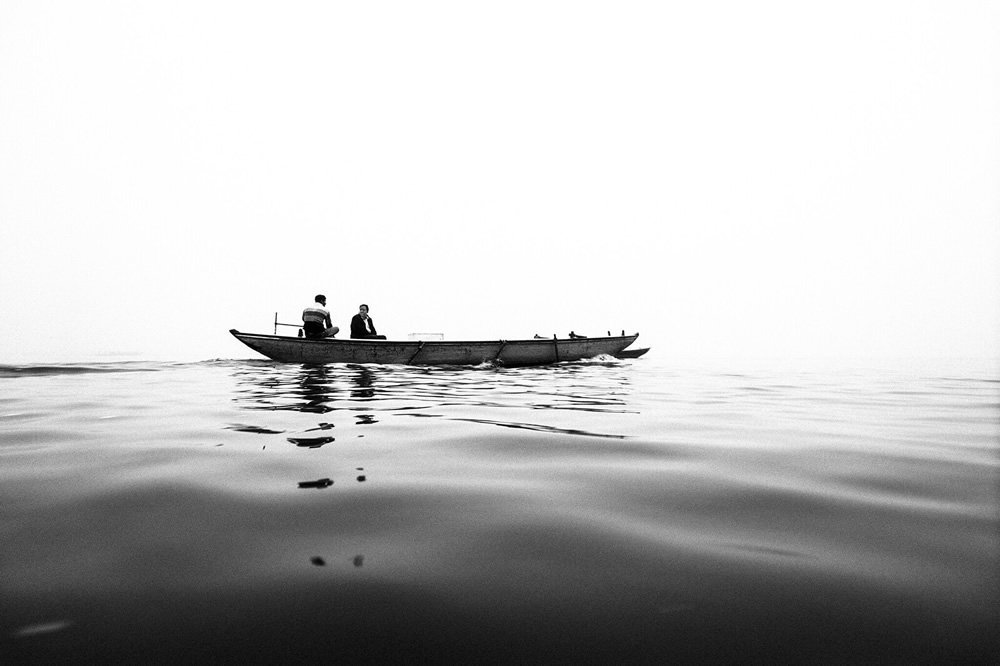
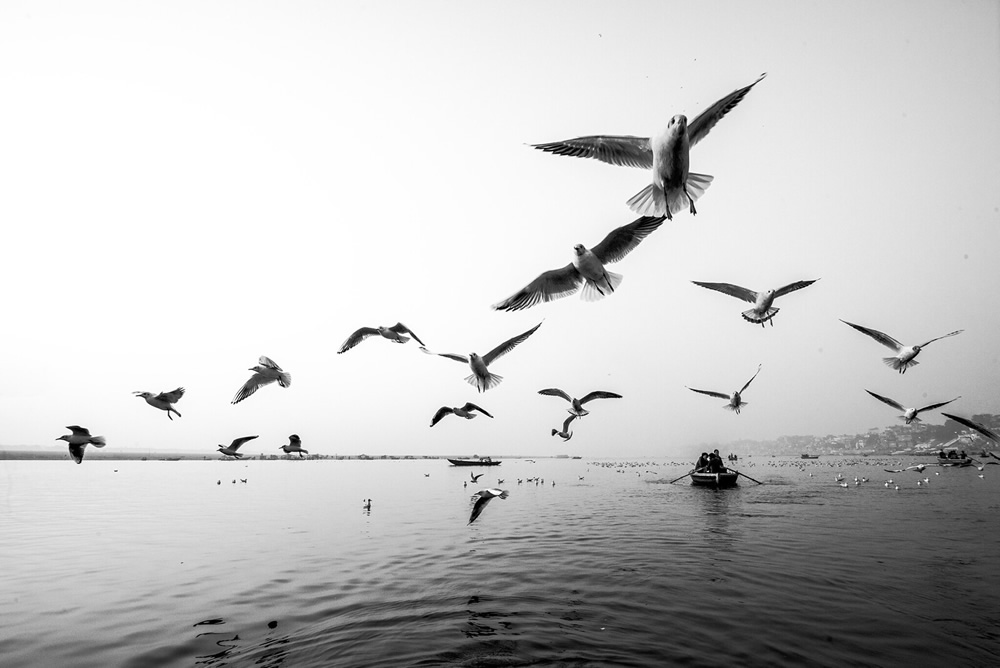
#3 Qualities of Light
For better optimization, it is mandatory for any artist to understand the concept of light and its integration with the environment or the subject. Various physical properties are responsible while recording the light through your camera sensor. More often it is the reflected light, depending on the intensity of light, contrast is added to the final scene providing more dynamic range in the picture. Remembering the difference between Specular light and Diffused light can help you produce wonders with black and white photography.
In simple terms, Specular light is caused when the light source tends to be far away from the subject. There is a high contrast range and thereby producing bright highlights and sharp-dark shadows. On the other hand, Diffused Light is the soft light, which does not produce harsh shadows and bright hit highlights. Mastering these light variations can help you produce stellar monochrome pictures be it on the outdoor or in your studio.

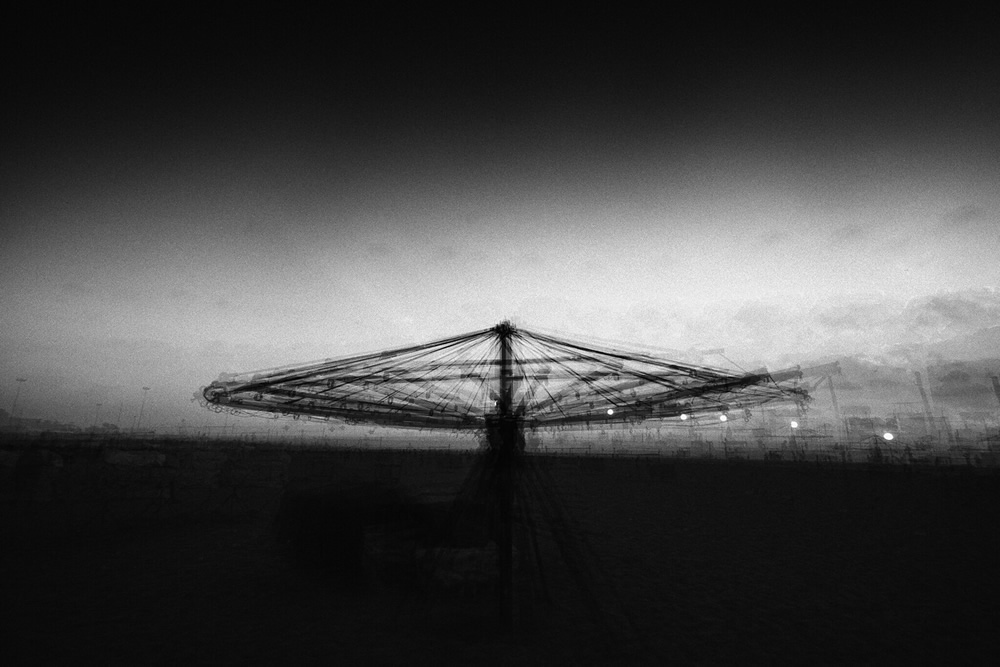
#4 Exposure
Any Pro would agree to this phrase, Black and white photography is all about Light and Exposure. The approach remains the same in terms of exposure be it film or digital photography. As already said in Zone System, a change in the f-stop could certainly bring change in the zone for any particular part in the frame.
In the process of exposing your scene to the shadows, one should have in mind not to overexposure the highlights which might affect the respective mid-tones as well. Here film acts differently to that of digital, every film exposure brings in an S-shaped characteristic curve whereas digital produces a straight line throughout your image range. And finally, never darken an overexposed area since it never adds any detail but just results in an unpleasant gray tone, so expose your frame wisely.
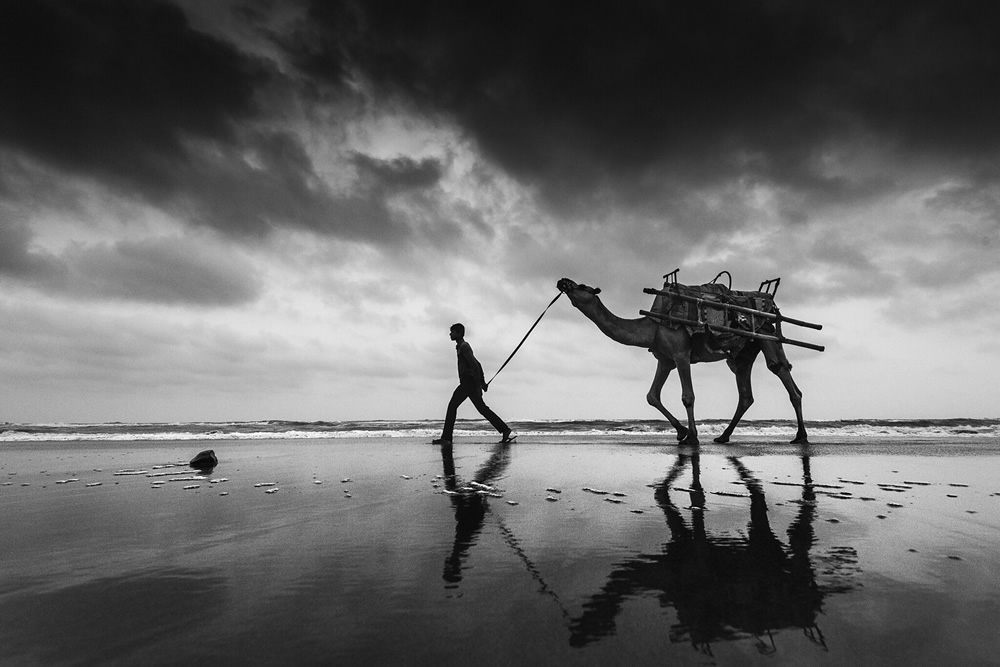
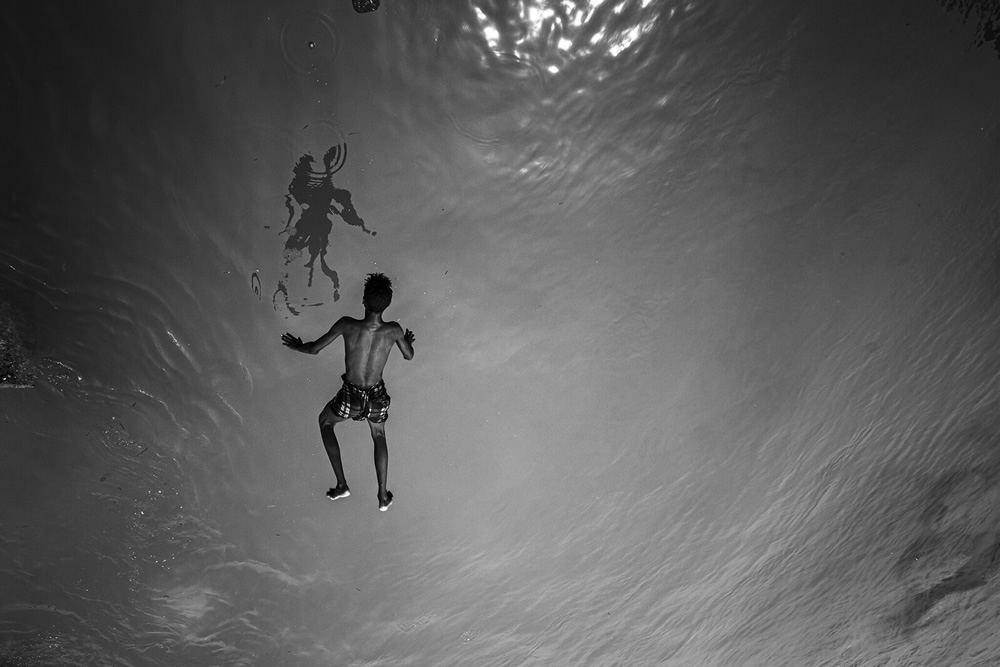
#5 Post-Processing
Post-Processing is never a bad word and in fact, I personally wouldn’t consider a picture to be complete without moving through the processing pipeline. Vision takes the first step in this final stage of a photograph. What to achieve with processing is rather important, so when considering a black and white picture there are various methods depending upon every individual artist to achieve the final masterpiece. Burning and Dodging would definitely top the order, understanding histogram and utilizing levels/curves to the proximity, as much as your photograph demands are the key thingy.
Almost every photographer reading this article would know the nuances of using photoshop, but ultimately one should know when the product is finished. Adding some color tones which could interrelate with the core of the photograph, be it the mood or the emotion adding a color tone has its part. Understanding the color theory and experimenting with various tints of colors could enrich your black and white picture.
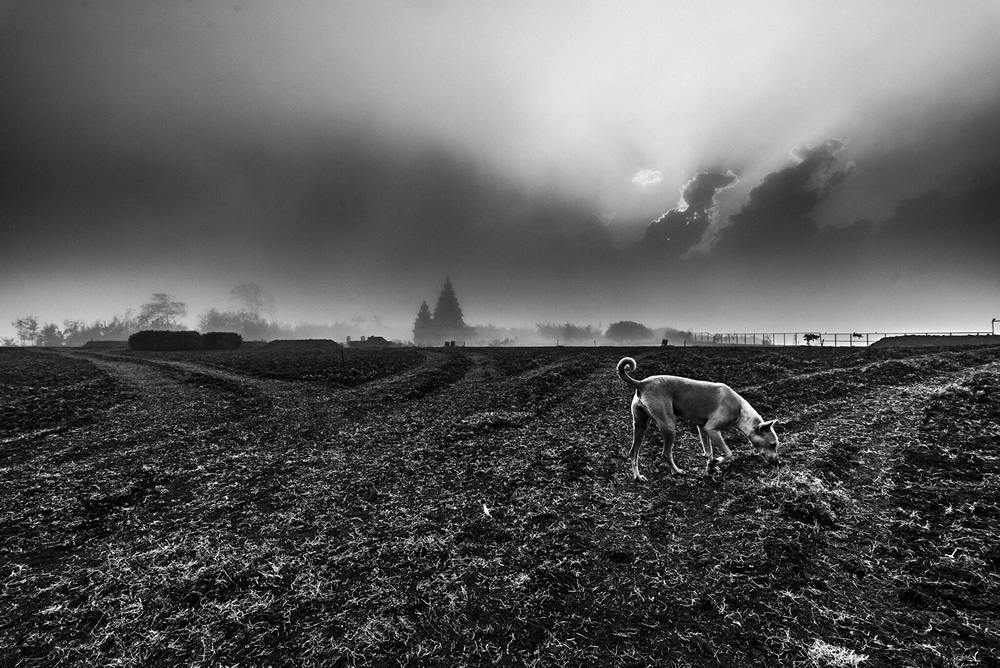
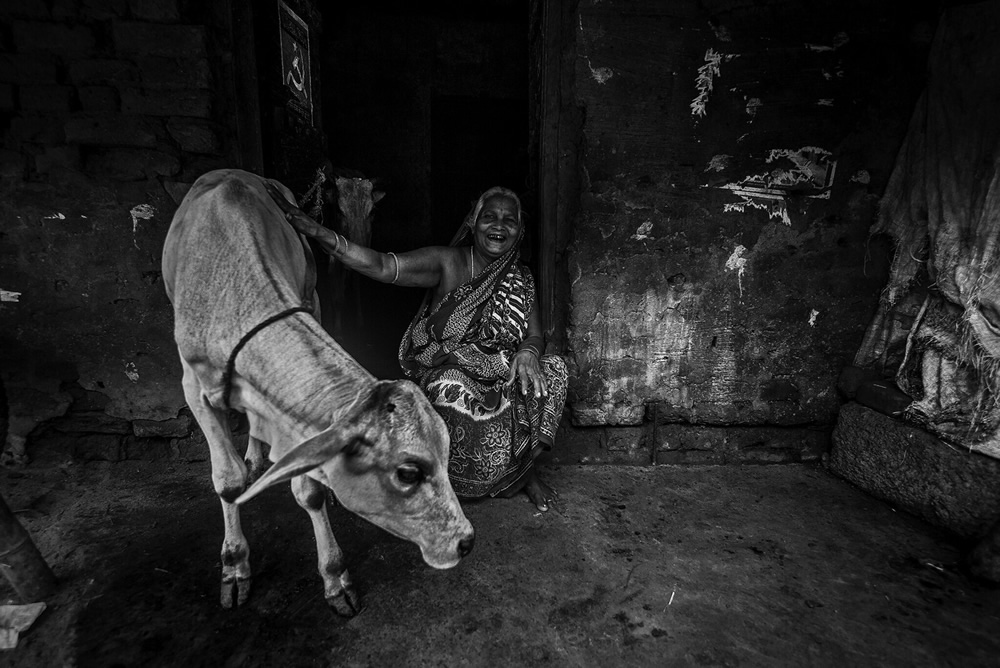
#6 Related Articles
- The Secret To Creating A Great Image By Cole Thompson
- Capturing The Light – Ultimate Tips And Examples
- Long Exposure Photography Tips, Tutorials And Videos
- The Importance Of Lines In Photography – An Overview With Superb Examples
- Essentials For Post Processing In Photography
- A Divine Fusion On Music & Photography – An Interesting Article

